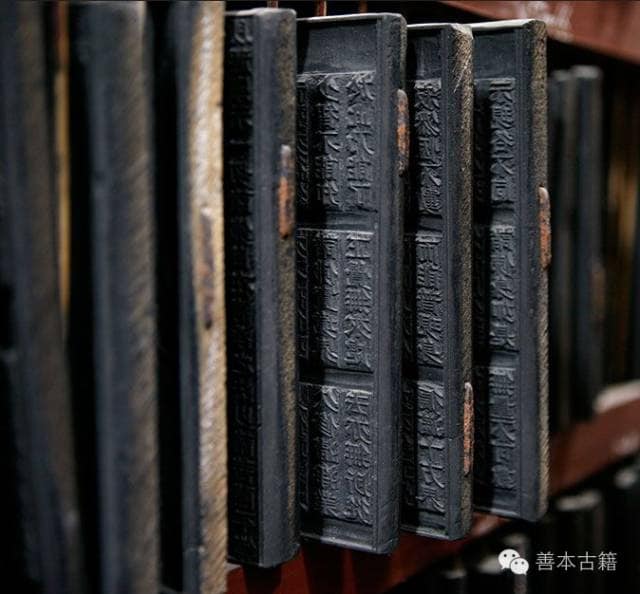
Buddhist History of Books and Their Making
In ancient times, the knowledge was generally transmitted by spoken words. The written words, particularly orthography, was not so developed though the written language was used. In history, the pieces of evidence of writing public edicts started majorly in the Asokan empire. Writing the words has a difficult task compared to the spoken words. As Buddhism began as the oral tradition, we find that the teachings are preserved in the formulaic forms and they are easy to commit to memory. While one reads Asokan edicts, one can note that orthography perhaps did not match perfectly with the phonetics.

The fact remains that Pali, the early language of Buddhism, and its many variants available then had no script. Some of earlier teachings in written form can be found in the rock edicts of Asoka.
History has it that perhaps the entire Tripitaka was written in Sri Lanka. Today, we find that the entire Tripitaka is written in the stone slab in Myanmar and Thailand.
In the ancient times, the Buddhist texts mere handwritten and it took a lot of time to sculpt/ scribe on the stone, palm leaves, or bronze: A few medium available then. Palm leaves do not last very long and the books written thus are very less in number. But due to the tradition of oral transmission as the Sangha travelled, teachings went all over it.
The first book published as the mass production is the Diamond Sutra in China. China invented paper making. Various plants are used along with a process that the pulp is transformed into a paper. The process of making papers from Daphne plant is an ancient one. The paper produced using Daphne can last from 300-1000 years depending on the process and treatment.

The Diamond Sutra was printed en-mass using the technology of woodblock. A block of wood is processed and a skilled carpenter chisels and cuts alphabets on to the woodblock. This is a laborious work and the artists were not only a highly skilled carpenter but also an ironsmith so that they could forge the tools needed to cut the woodblock.
The ink is another area that involves knowledge of chemicals. The ink was made from the carbon soothe or rock minerals.
With three technologies in hand, paper making, woodblock cutting, and ink; the book were printed in a large quantity.
That the first book printed thus was Diamond Sutra tells us that the Buddhists were in the forefront in not only developing the science and technology of the mind, but also material science and technology.
Even today, vast Buddhist texts are available in Buddhist countries. India lost many of them when the great libraries in the Buddhist Universities were destroyed. Millions of books were burned. The great treasure is gone. Though Buddhism does not rely on the authority of books like other religions, books are often considered as the record and source of Buddha’s teachings and venerated as the sign of the Dhamma. In this sense, perhaps Buddhism can be called the religion of books, perhaps million books.
Author – Mangesh Dahiwale, Human Rights Activist



+ There are no comments
Add yours